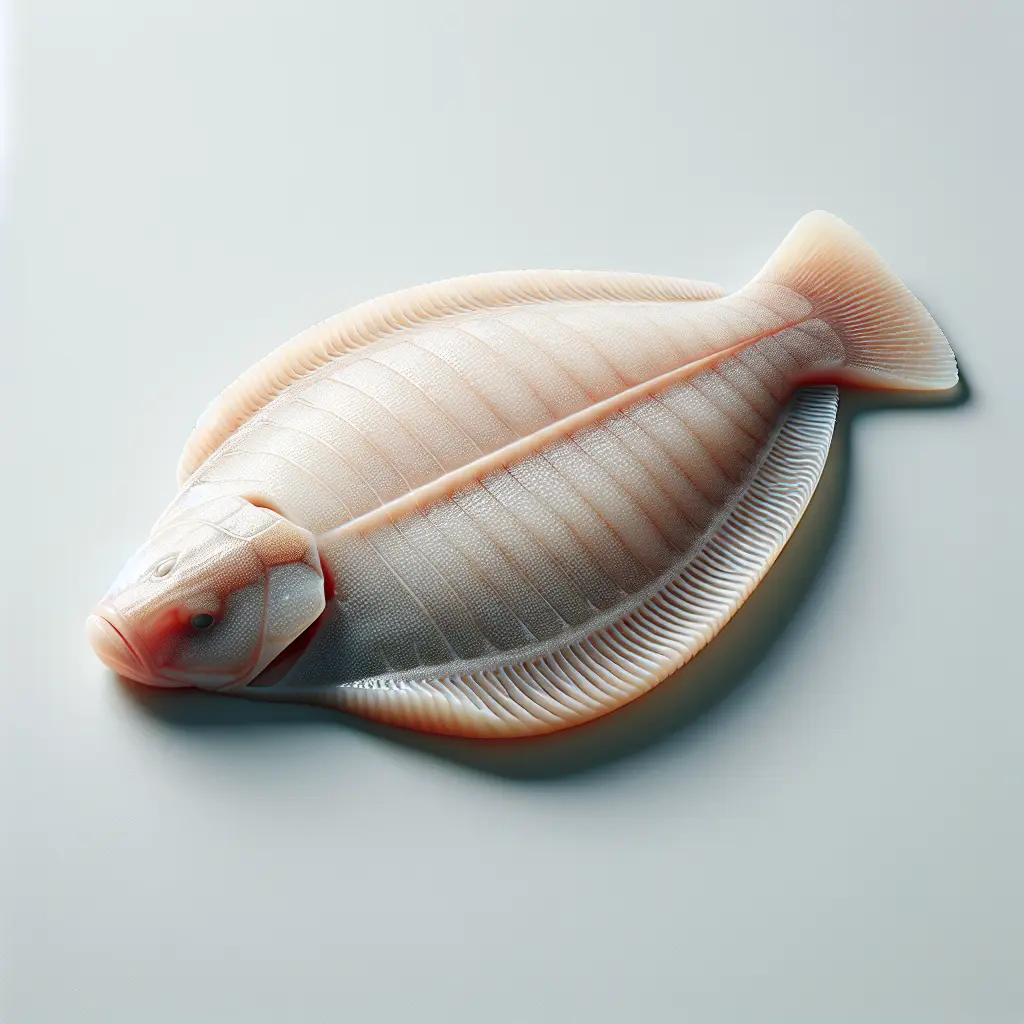Flounder: A Culinary Delight
Flounder, a flatfish belonging to the Pleuronectidae family, is renowned for its delicate flavor and versatility in the culinary world. Its mild taste makes it a favorite among seafood enthusiasts, allowing it to pair seamlessly with various seasonings and cooking techniques. Flounder is an excellent source of essential nutrients, boasting a rich composition of protein, vitamins, and minerals.
Unveiling the Nutritional Profile of Flounder
A single fillet of flounder (approximately 100 grams) offers an impressive array of nutrients:
- Calories: 109
- Protein: 19 grams
- Fat: 3 grams
- Carbohydrates: 0 grams
- Fiber: 0 grams
- Sugar: 0 grams
This nutritional profile highlights flounder's status as a lean protein source, with a high protein-to-fat ratio. It is virtually free of carbohydrates, making it an ideal choice for individuals following low-carb diets.
Exploring the Health Benefits of Flounder
Incorporating flounder into your diet can provide several health benefits:
- Promotes Heart Health: Flounder is rich in omega-3 fatty acids, which have been shown to reduce the risk of cardiovascular diseases. These fatty acids help lower blood pressure, improve blood cholesterol levels, and protect against heart attacks and strokes.
- Supports Brain Function: Flounder contains choline, an essential nutrient crucial for cognitive function and memory. Choline plays a vital role in the development and maintenance of the brain, particularly during pregnancy and infancy.
- Boosts Immune System: Flounder is a good source of vitamin B12, which is essential for the proper functioning of the immune system. Vitamin B12 helps create red blood cells, DNA, and myelin, the protective covering of nerve cells.
- Promotes Healthy Bones and Joints: Flounder contains vitamin D, which is essential for calcium absorption and bone health. Vitamin D helps prevent osteoporosis, a condition that weakens bones and makes them more susceptible to fractures.
Culinary Adventures with Flounder
Flounder's mild flavor and versatility make it a culinary delight that can be enjoyed in various ways. Here are a few simple yet delicious recipes to inspire your culinary creativity:
- Baked Flounder with Lemon Herb Butter: This classic dish combines the delicate flavor of flounder with the aromatic goodness of lemon and herbs. Simply bake flounder fillets brushed with a mixture of melted butter, lemon juice, garlic, and your favorite herbs.
- Pan-Fried Flounder with Almond Crust: Coat flounder fillets in a crunchy almond crust by mixing crushed almonds with bread crumbs, Parmesan cheese, and seasonings. Pan-fry the fillets until golden brown, resulting in a delightful combination of textures and flavors.
- Flounder Steamed with Ginger and Soy: For a light and flavorful meal, steam flounder fillets with aromatic ginger and savory soy sauce. This simple yet elegant dish showcases the delicate taste of flounder while providing a healthy and satisfying meal.
Conclusion
Flounder is a nutritious and versatile seafood that offers a range of health benefits. Its mild flavor and cooking versatility make it a culinary delight that can be enjoyed in various ways. Whether you prefer baking, frying, or steaming, incorporating flounder into your diet is a delicious and healthy choice.
How many calories are in Flounder?
Each 1 fillet of Flounder contains 109 calories.
Flounder Nutritional Information
| Nutrient | Amount per 1 fillet (127g) |
|---|---|
| Calories | 109 Calories |
| Protein | 19g |
| Fat | 3g |
| Saturated Fat | 0.7g |
| Cholesterol | 0.071mg |
| Carbohydrates | 0g |
| Dietary Fiber | 0g |
| Sugar | 0g |
| Sodium | 0.461mg |
| Potassium | 0.2502mg |
| Calcium | 0.032mg |
| Iron | 0.0003mg |
